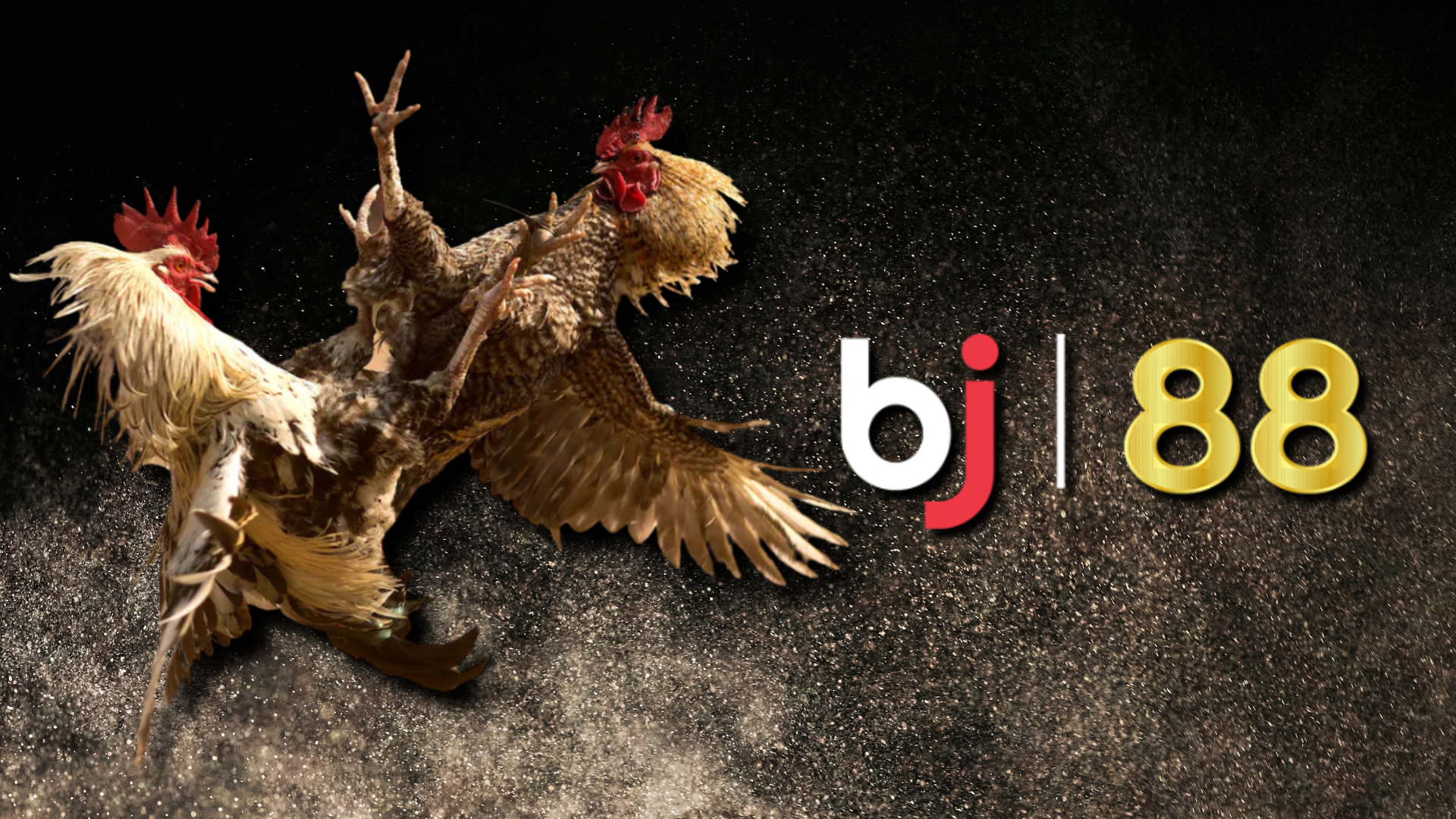Cockfighting Rules: Tradition, Regulation, and Ethics
Cockfighting Rules: Tradition, Regulation, and Ethics
Cockfighting is a controversial and age-old tradition that has been practiced in various cultures around the world for centuries. It involves two roosters, or gamecocks, pitted against each other in a controlled environment to engage in a fierce battle. While some view it as a cultural heritage, others consider it inhumane and cruel. In places where cockfighting is still legal, there are specific rules and regulations in place to ensure the welfare of the birds and the safety of the participants.
Cockfighting Rules and Regulations:
-
Legal Status: The legality of cockfighting varies widely across the world. In some countries and regions, it is considered a legal and regulated sport, while in others, it is banned outright. Local, state, or national laws determine the legal status of cockfighting.
-
Age and Weight: Gamecocks used in cockfights must meet certain age and weight requirements. These criteria are established to ensure a fair match and minimize the risk of injury to the birds. The specific requirements can vary depending on local regulations.
-
Equipment: Cockfighting arenas are designed to provide a controlled environment for the fights. Common equipment used in cockfighting includes the cockpit or ring, spur covers (gaffs), and a referee to oversee the match.
-
Health and Well-being: The welfare of the gamecocks is a primary concern in regulated cockfights. Birds are often required to undergo regular health checks and vaccinations to ensure they are in good condition. Sick or injured birds are not allowed to participate in matches.
-
Fight Duration: Cockfights are typically divided into rounds, and each round has a specified duration, usually ranging from a few minutes to up to 15 minutes. The goal is to determine the superior fighter within the given time frame.
-
Betting: Betting is a significant aspect of cockfighting, with spectators and participants wagering on the outcome of matches. Betting regulations vary from place to place and may be subject to taxation.
-
Referee: Cockfights are closely monitored by a referee who ensures that the fight is fair and follows the established rules. The referee can stop the fight if it becomes too one-sided or if a bird is at risk of severe injury.
-
Veterinary Care: In regulated cockfights, there are often on-site veterinarians available to provide immediate medical care to injured birds. This ensures that injured gamecocks receive prompt attention and treatment.
Ethical Considerations
Cockfighting is a contentious practice, and many animal rights organizations argue that it is inhumane. Critics point to the suffering and potential harm to the birds involved. In response to these concerns, some regions have banned the practice, while others have implemented strict regulations to mitigate potential cruelty.
Conclusion
Cockfighting rules and regulations vary widely based on geographical location and local customs. While some regions continue to practice cockfighting with legal oversight, it remains a contentious issue with ongoing debates about its ethics. In places where it is legal, these rules are established to ensure the welfare of the gamecocks and to maintain a level of fairness in the competition. However, it is important to note that public opinion on cockfighting is evolving, with an increasing focus on animal welfare and ethical considerations, potentially leading to further changes in its legal status.
- Author
- October 11, 2023
- 4:35 am
- No Comments

